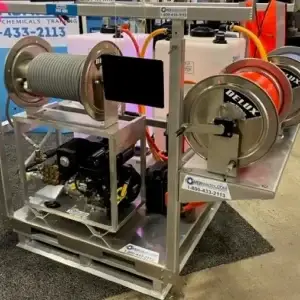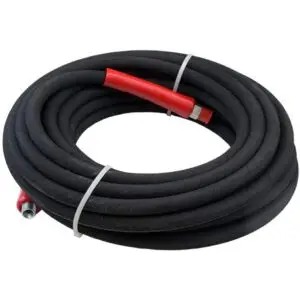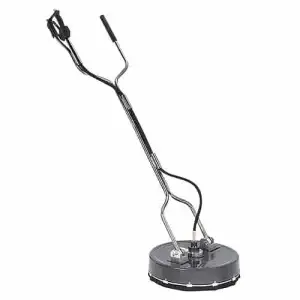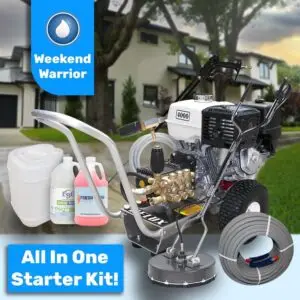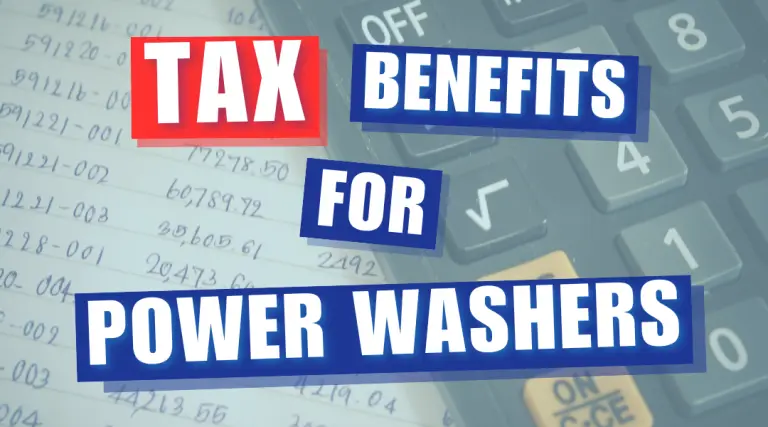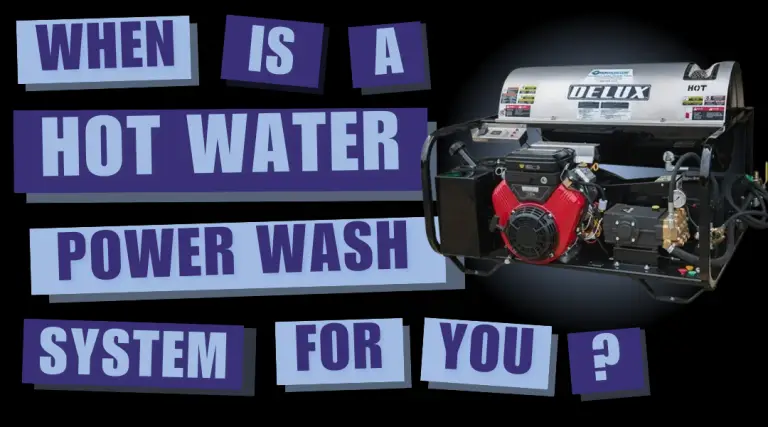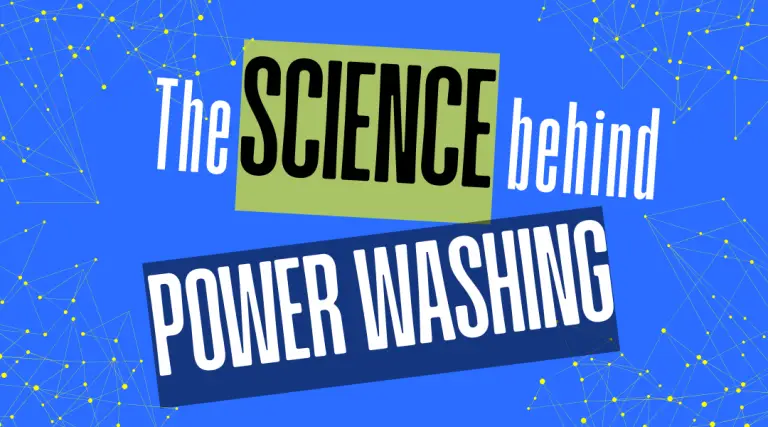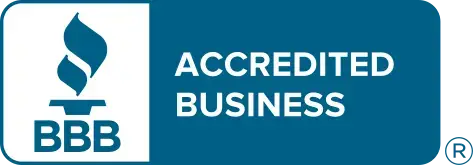- Home
- /
- PowerWash Industry
- /
- Not all Awning Cleaning Jobs Are Exactly the Same
Subscribe To Our Newsletter
Stay in the know on the latest products, deals, events, tips & tricks.
Social Media
Popular Products
-
All Pressure Washers
Delux Mustang Pro Mini Complete Skid 4′ – Approved for Drone Use (Surface BOT)
$13,187.90 -
-
-
All Pressure Washers
Weekend Warrior- Residential Cleaning House Washing Business Starting Pack
$2,971.47
Not all Awning Cleaning Jobs Are Exactly the Same
The following is an interview with Wayne Shockey, owner of Specialized Maintenance and Awning Cleaning. Wayne has been cleaning awnings for 20 years, and recently encountered a very unique challenge that turned out to be a very lucrative endeavor. It should be noted that his answers have been edited for the sake of brevity and legibility.
How did you get involved with the project?
I do quite a bit of marketing through the internet and postcards, but this job came from a company that makes and repairs awnings. They do everything but clean and protect the awning, because they don’t have the equipment and knowledge. Sometimes when they are doing a repair they need it cleaned beforehand, because the workers can leave finger prints and smudges all over the surface of the awning. If they don’t have it cleaned beforehand, they often have it cleaned after.
I build relationships with people who can get me into places I can’t get into by myself. In this case, they had worked on this awning before, and they knew that it would be a mess unless I cleaned it first. So we met ahead of time and walked around, took some measurements and photos.
What made this job unique?
The toughest part of this awning was that it was on a hill. So there are only two sides you can work from. The awning was high enough off the ground that my 12 foot ladder would just barely reach it, and it measured about 50 ft by 30 ft. I started cleaning from a window above the awning, but I could only reach about 2/3 of the awning from that angle. I did the rest from the 12 foot ladder. At times I was reaching out as much as 22 feet with my extension poles to get it clean.
How did you determine what equipment and chemicals to bring?
We knew we wanted to clean it. This was a vinyl material built in two sections. One was older than the other. The dirt was pretty heavy. The material was not an expensive material, so it doesn’t hold up well. We decided to use AC-22, because we knew that we needed a chemical that could be mixed extra strong. We also knew that we would need AC-42 Vinyl Awning Restorer. The surface was so dirty that when we removed the dirt, the awning would be faded and the vinyl would be dried out. It doesn’t really look good unless you add the protectant.
I measured the awning and it ended up being 1500 square feet. I knew how much product I would need to get it clean, but I doubled that amount just in case. I located the faucets, and made sure they worked, so that I could determine how much hose I would need. Then I doubled that amount. I even brought an extra ladder. I have a checklist of everything that I need for a job, and I review it before I leave for every job. That way I can be sure I don’t leave anything.
Please describe the process that you used to complete the job.
I arrived on site and set up cones and set my equipment up. The building managers worked with me to prepare for the job. We planned the cleaning for the least busy day of the week. The patio beneath the awning was closed off and the room that I worked out of was empty.
When cleaning an awning, you work a small section at a time. In this case I had to double clean everything, because it didn’t get completely clean the first time. Then I had to rinse really well. The rinse water ran off into some plants that were below the awning, so we didn’t have to worry about runoff.
What strategies do you use to manage client expectations?
I usually tell them that I can get about 80-90% off. Once I was asked why I couldn’t get it all clean. I have to explain that in order to get it all clean, I would need to clean it three or four times, and the extra cost to get that last 10% just isn’t worth it to most people. It’s like doing laundry. Some stains aren’t going to come out. If you clean it too hard, it will just fall apart. What we try to do is give them the best looking awning, that will last the longest, without doing any damage. Rarely have I ever had anyone come back and say that it wasn’t clean. I always remind myself to make sure all areas are covered.
Share This Post
More To Explore
Tax Benefits For Power Washing Professionals
Navigating the complexities of tax planning can be a daunting task for power washing professionals, yet it’s a crucial aspect …
Top 5 Must-Have Attachments to Elevate Your Power Washing Efficiency and Precision
Attachments for power washing systems are essential tools that significantly enhance the effectiveness, speed, and precision of professional cleaning jobs. …
When Should You Get A Hot Water Power Wash Machine?
When a Hot Water Power Washing System is Your Best Choice When deciding between a hot water power washing machine …
The Science Behing Power Washing
The Science Behind Effective Power Washing The science behind power washing is a balance of pressure, water, and chemical solutions …



